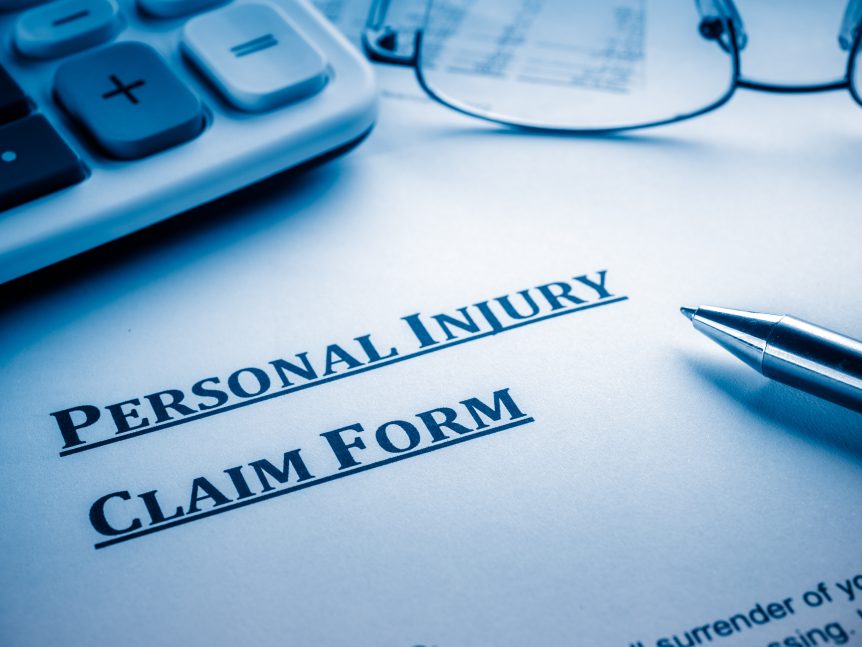Injuries can happen to anyone, anywhere, and at any time. Understanding the different types of injuries and how to manage them is essential for providing timely and appropriate care. From minor cuts and bruises to more severe fractures and strains, each injury requires specific management techniques to ensure proper healing and minimize complications. Let’s explore some common types of injuries and their respective management techniques:
1. Cuts and Abrasions:
Clean the wound gently with mild soap and water to remove dirt and debris.
Apply an antiseptic solution to prevent infection.
Cover the wound with a sterile adhesive bandage or dressing.
Monitor for signs of infection, such as redness, swelling, or pus formation.
2. Burns:
For minor burns, cool the affected area under running water for several minutes.
Cover the burn with a sterile non-stick dressing or plastic wrap.
Seek medical attention for more severe burns, such as electrical or chemical burns.
Avoid applying creams, ointments, or adhesives to the burn.
3. Fractures and Sprains:
Immobilize the injured limb using a splint or a rigid object to prevent further movement.
Apply an ice pack to reduce swelling and relieve pain.
Seek medical attention to confirm the extent of the injury and to receive appropriate treatment, such as casting or surgery.
Follow the healthcare provider’s instructions for rest, elevation, and rehabilitation exercises.
4. Strains and Sprains:
Rest the affected area and avoid strenuous activities.
Apply an ice pack for the first 24-48 hours to reduce swelling.
Compress the area with an elastic bandage to provide support.
Elevate the injured limb to minimize swelling.
Take over-the-counter pain relievers if necessary.
5. Head Injuries:
Assess the severity of the injury and seek medical attention for any significant head trauma or loss of consciousness.
Apply a cold compress to the affected area to reduce swelling.
Monitor for signs of a concussion, such as dizziness, nausea, or confusion.
6. Eye Injuries:
Flush the eye gently with clean, lukewarm water for at least 15 minutes in case of a chemical exposure.
In case of foreign objects in the eye, avoid rubbing and seek medical attention.
Cover the injured eye with a sterile eye pad or clean cloth and seek immediate medical attention for more severe injuries.
7. Dislocations:
Do not attempt to relocate the joint yourself; seek medical attention.
Immobilize the affected area with a splint or sling to prevent further movement.
Apply an ice pack to reduce pain and swelling.
Follow the healthcare provider’s instructions for reduction and rehabilitation.
8. Heat or Cold-related Injuries:
For heat exhaustion or heatstroke, move the person to a cool location and provide hydration.
For frostbite, do not rub the affected area; gently rewarm it with warm (not hot) water.
Seek immediate medical attention for severe cases of heatstroke or frostbite.
These management techniques serve as general guidelines for various types of injuries. However, it’s essential to remember that each injury is unique and may require specific treatment based on its severity and location. If in doubt, seek professional medical assistance for proper evaluation and treatment. Quick and appropriate management of injuries can contribute to a smoother recovery process and minimize the risk of complications.

